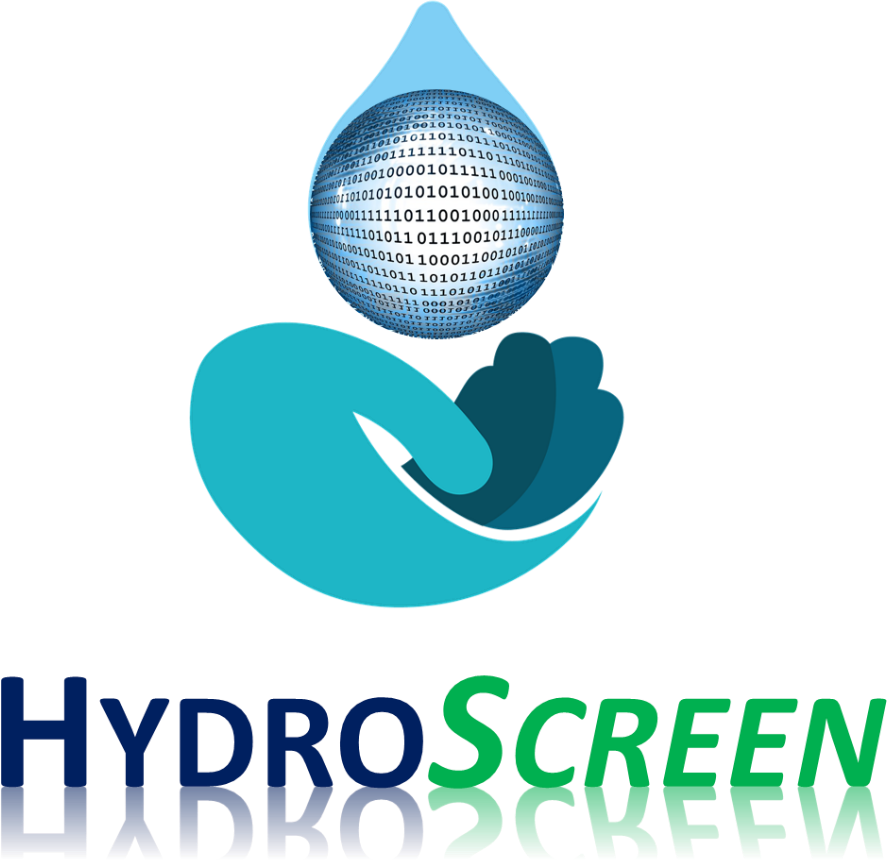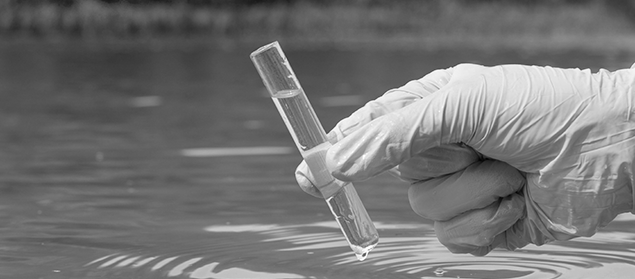By 2027, the Water Framework Directive requires that rivers, lakes and groundwater be in good ecological health. This is the objective towards which the European Commission and all Member States, including France, must strive. Although the water agencies are working towards this goal, the latest assessment showed that only :
- 40% of European surface waters were of good ecological status and 38% of good chemical status.
- 74% of groundwater has good chemical status and 89% good quantitative status.
Many micropollutants are still found in water at significant concentrations :
- Endocrine disruptors such as drug residues, pesticides
- Micropollutants such as herbicides, hydrocarbons, heavy metals, dioxins
The eco-toxicological risks are significant, not to mention the cocktail effects resulting from the combination of substances that generate toxicity.
The HydroScreen Project

The HydroScreen project funded by ADEME and labelled by the HYDREOS competitiveness cluster, is led by the Alsatian company LODIAG in collaboration with Tame-Water since early 2019.
It intends to support the objective set in the Water Framework Directive and aims to develop artificial intelligence tools for predicting the presence associated with the toxicity of micropollutants.
This project is based on :
- the collection of 1000 water samples: 860 surface water samples and 140 WWTP water samples on the national territory,
- broad-spectrum screening of 850 emerging micropollutants on these samples,
- the acquisition of ecotoxicological data via bioassay analyses for each sample taken,
- the identification of micropollutants whose abundance is correlated with a given eco-toxicological effect,
- predictive modelling of the toxicological effect of a sample given its micropollutant content (taking into account the cocktail effect).

Contrary to analyses based on a pre-established list of molecules whose toxicity threshold is fixed arbitrarily, LODIAG and Tame-Water propose an innovative approach which consists of correlating the presence of micropollutants with observed ecotoxicity, without any preconceived ideas about the molecules that are potentially the cause.
Indeed, to date, classical physico-chemical analyses determine the micropollutants present in the water, but do not determine toxicity. This approach is particularly limiting in the case of the cocktail effect. The cocktail effect results from the mixing of chemical substances that are not always researched or that are present one by one below the set thresholds. However, when a toxicity is revealed, it is indeed significant of the presence of several substances then responsible for this cocktail effect.
By correlating physico-chemical data with ecotoxicological data through bioassays, the HydroScreen project provides comprehensive information to analyse the risks linked to micropollutants and to build tomorrow's predictive tools in the field of water quality.
What is the status of the project?
The collection of samples throughout the country, initiated on 20 January 2020, will end on 1 August 2021. To date, 95 WWTP water samples and 120 surface water samples remain eligible for the project.
Therefore, this project is still open to new partners:
- Syndicates - Local authorities - Metropolises involved in the management of one or more wastewater treatment plants (WWTP)
- INDUSTRIAL companies managing several WWTPs
- PILOT SITES for the treatment of micropollutants/REUSE
Benefits to our partners
- The partner is provided with an analysis report on the levels of ecotoxicity associated with its samples as well as their content of emerging micropollutants at a very competitive price.
- The partner also benefits from a statistical analysis in the general context of the HydroScreen project
- The partner participates in the development of the HydroScreen predictive model for the implementation of future diagnostic tools that will allow the identification of compounds of interest that are not monitored by regulation.
- Finally, the partner appears on all the project's communications and particularly on the "innovation" aspects.
Funding
The partner benefits from a very competitive price (2520€ for the integrated analysis of a WWTP water sample or 1720€ for the analysis of a surface water sample). This cost is achievable due to the pass-through of ADEME subsidies, which partially fund this project, to the final price. The residual cost may potentially be eligible for subsidies from the water agencies if the data collected is used by the partner in upstream diagnostics for example.

